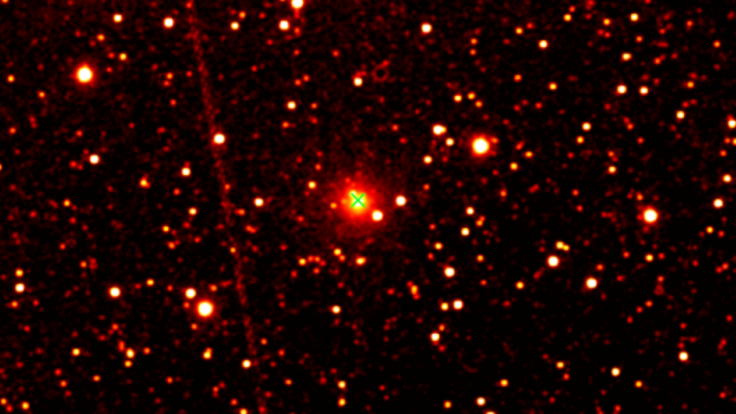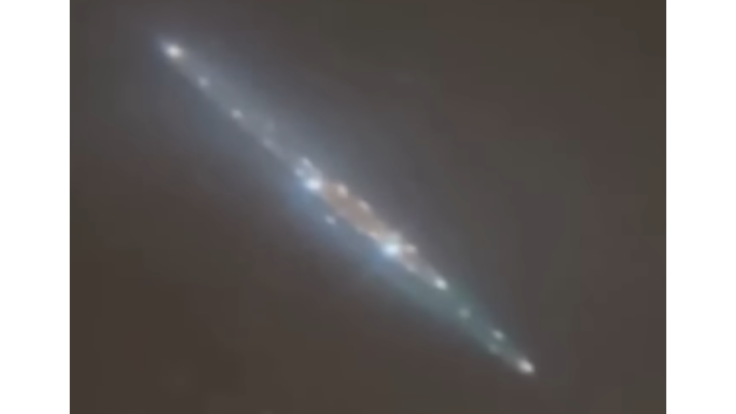Viral 3I/ATLAS Video is Not Space—It's a Microscopic Paramecium

A mesmerising time-lapse clip that swept across X (formerly Twitter) and Instagram, purporting to depict the interstellar object 3I/ATLAS hurtling through space, has been definitively exposed as a mislabelled microscope sequence of a paramecium, a single-celled organism common in freshwater environments.
In a dramatic reversal of viral momentum, fact-checkers have confirmed that the claim is false, debunking the clip and cautioning viewers: not everything that looks like a cosmic wanderer is born in the stars.
Amid mounting interest in this rare visitor from beyond the Solar System, the mis-clip offers a sharp lesson about how scientific imagery and social-media metrics collide—and why truth can get lost in the filter.

Mis-Clip Goes Viral and Gets It Wrong
The video, shared widely with captions claiming it showed 3I/ATLAS captured by a major observatory, quickly racked up thousands of views and likes. But it was found that the footage 'does not show the comet' and a side-by-side comparison was done with the authentic images released by astronomers. The genuine image of 3I/ATLAS bears no resemblance to the shimmering, pulsating shapes in the viral clip.
Researchers identified the video instead as microscopy footage of a single-celled freshwater organism — a paramecium. Its ciliary motion and fluid shapes matched the video, whereas celestial objects behave very differently.
🚨 New 3I/Atlas Footage just dropped ‼️ pic.twitter.com/HWkwYcAXRO
— Concerned Citizen (@BGatesIsaPyscho) October 27, 2025
What Scientific Observations Actually Confirm About 3I/ATLAS
Astronomers confirmed that 3I/ATLAS, first detected on 1 July by the Asteroid Terrestrial-impact Last Alert System (ATLAS) telescope in Chile, is a real interstellar object travelling through the solar system.
National Geographic reported that the comet follows a hyperbolic trajectory, indicating it originated beyond the Sun's gravitational pull.
Further analysis from the James Webb Space Telescope revealed that the object contains an unusually high ratio of carbon dioxide to water--a composition not seen in any previously studied comet.
The BBC's Sky at Night Magazine added that spectroscopy confirmed that 3I/ATLAS is of natural origin, countering online claims that it might be alien technology.
Observations by the Hubble Space Telescope and other facilities reveal active comet-like features: a coma, a dust tail, and volatile outgassing. Its estimated age is likely far older than our Solar System—possibly up to 10 billion years—and it may be the oldest comet ever seen.
Why The Mix-Up Took Off
Experts suggest the video's viral spread owed more to aesthetic resemblance and social-media framing than scientific accuracy.
The shimmering textures and circle-like patterns looked 'cosmic,' captions added space-themed music and hashtags, and the algorithm amplified it.
But a key red flag remained: the motion seen in the clip—fluid pulsations and ciliary motion—is characteristic of microscopic life, not a comet racing through space. Microscopy experts note that paramecia are covered with hair-like cilia that propel them through water, causing the rippling motion visible in the viral clip, according to Live Science.
Verification and Context
Media analysts have pointed to the episode as an example of how quickly misinformation can spread when scientific imagery is taken out of context.
They recommend that viewers verify whether a legitimate scientific institution released the footage, confirm whether it was recorded via telescope or microscope, and cross-check viral claims against credible fact-checking outlets.
While 3I/ATLAS remains a scientifically significant interstellar comet, the viral video that sparked public fascination has no connection to it.
The mislabelled clip instead captures a microscopic organism--a reminder that, in the era of social media, not everything that looks like space truly comes from the stars.
© Copyright IBTimes 2025. All rights reserved.





















